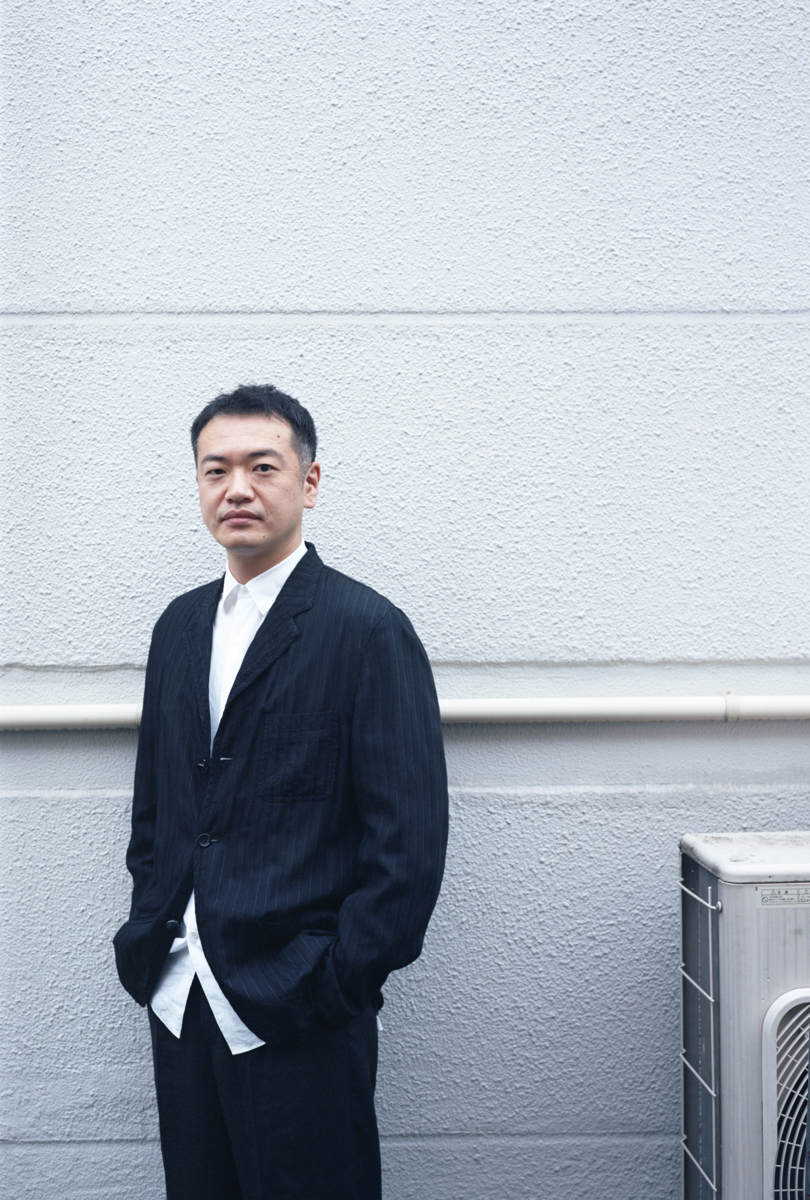Artist:Umitaro Abe(Japan)
大倉Zarae收藏了許多民間器物。民間工具已經完成了其作為工具的作用,並在倉庫中休眠,可以透過敲擊或搖晃發出連它們的主人都忘記的聲音。這些聲音與民間器物過去聽到的風聲、海浪聲、民歌聲、節慶音樂等鈴族的聲音一起被重構,創造出一種似乎在玩弄民器記憶的音景。
Many folk utensils collected at Okura Zarae. Folk implements that have finished their role as tools and have been lying dormant in storehouses can be struck or shaken to emit sounds that even their owners had forgotten. These sounds were reconstructed together with the sounds of Suzu, such as the wind, waves, folk songs, and festival music that the folk implements would have heard in the past, creating a soundscape that seemed to play with the memories of the folk implements.

Umitaro Abe(Japan)
「光之方舟」的音樂由作曲家阿部海太郎超刀,他曾參與蜷川幸雄所指導的作品以及其他眾多舞台作品製作,並且追求劇場音樂新可能性和樂器的現代表現方式。在這個追尋留在民生用品的回憶裡的淡淡餘光的劇場博物館裡,音樂已經不僅僅是背景音樂,更是喚起物品的記憶、它們曾經被使用的場所記憶以及觀眾各種記憶連結起來,編織成一篇篇故事的重要元素。
不是只有樂器演奏聲才叫音樂,珠洲的節慶、捲向海灘的波浪、海風,以及仍在這地區中回響的聲音,以及不復存在的昔日聲響,就像在手電筒照射下發現倉庫中的生活用品,從各個角落傳來不同聲響的一個不可思議的空間。
The music for “Ark of Light” was created by Abe Kaitaro. He has participated in numerous stage productions, including some directed by Ninagawa Yukio, and pursues new possibilities in theater music and the contemporary expression of musical instruments. In this theater museum, which traces the faint afterglow of memories that remain in folkcraft articles, music is not just a background sound but an essential element that creates a story by connecting memories of things and the places where those things used to be to the memories of each person in the audience.
You will hear music played by instruments, Suzu festival music, sounds of the waves and the wind, sounds that resonate in the community, and former sounds that have disappeared. Sounds will come from various places in the museum as the storehouse items light up with a flashlight.